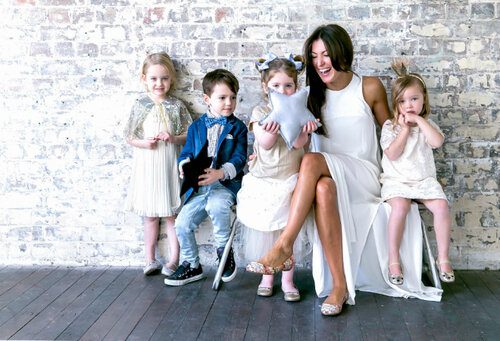Customer loyalty and, by extension, advocacy can often depend on reliable and consistent brand messaging, the integrity of a brand, it’s mission statement, what it stands for, and what it preaches to its customer base. Once a brand has that identity, consumers will be part of a family and a larger purpose, promoting a sense of belonging, including aspirational reasons for purchasing your products.
Establishing a voice for your brand
Brand identity is one of the most integral parts to overall success. First and foremost, your voice must be loud and focused. If you try to project multiple ethos, your consumer will only ever remember you for one thing, so take the bull by the horns, metaphorically, and create the narrative. Giving consumers a reason to follow your brand beyond your products will help you in the long run as your company continues to grow and reach new audiences. Be sure of who you are and how you want customers to remember your brand. Your mission statement should always accurately reflect your voice; they should be one and the same, to avoid confusion.
When establishing your brand’s voice, consider it from the following perspectives: customer, internal, and finally, marketplace. Initially, find what matters to your intended customers, who are they, and what are their concerns? Where do they shop? What drives them? Identify who these people are, but be sure not to exclude other potential consumers. Honing in on a target audience can help you when first figuring out the voice for your brand and later guide you through the rest of your marketing.
Internally, what is the core purpose of your brand? What makes you unique, and what can you deliver on? For your voice to be reliable and effective, it must be the complete truth. You must believe in it.
In terms of the marketplace, who are your competitors? What are their brand messages, and how do you differ? Why are you more desirable than them? At the end of the day, if you aren’t sure of your voice and positioning, your customers won’t be sure of you. Keep the message focused and integrate it with the brand’s central ethos. Establish a following of like-minded consumers who will not only purchase your products but feel so strongly about your brand; they become your advocates. Ultimately, your core messaging should have an emotional and rational side, appealing to both the hearts and minds of your potential customers.
Product development – the two most important factors
While product development can be a lengthy process, it’s also crucial to brand success. If you have killer brand messaging but lousy products that don’t deliver on what they claim, you’ll lose that loyal customer base before you can even build one. First, identify the gap in the market. If there isn’t a need in your intended consumer base, no one will buy it. Have a solid concept in place, know who you’re aiming for, and why do they need it. Know your product and how it aligns with your brand message. It has to make sense. The cohesion must be evident, the product should be an extension of the brand messaging. Secondly, focus on prototypes and testing. You care about your brand, now care about the quality of your product. Adapt to price points, consider materials, marketability. This product as stated before is an extension of your brand messaging, if you’re aiming to target those in a higher socio-economic group and want to sell at a high price point, your product and the quality must reflect that.
Know your product, think it through and develop a bulletproof concept, then test, test, test until it’s right. Have faith and confidence in your product; otherwise, you’ll fail.
How messaging can improve your products conversion rates?
The link between product and messaging can result in higher conversion rates because of many reasons. Not only does the cohesion with your messaging strengthen your products aspirational value, magnifying the desire to buy into the dream your brand is offering. But it also creates advocates instead of just loyal customers. Believing not only in the product but the message behind it can create a cult-like status among consumers, giving them a sense of belonging. A brand that knows exactly who they are, why they exist, and delivers on their promises projects a positive sense of identity to consumers, allowing them to see them as leaders in the marketplace. Hit the perfect balance of emotional and rational in your messaging, and you’ll develop a customer base who are fiercely loyal and want to buy into the aspirational brand you’ve now created.




